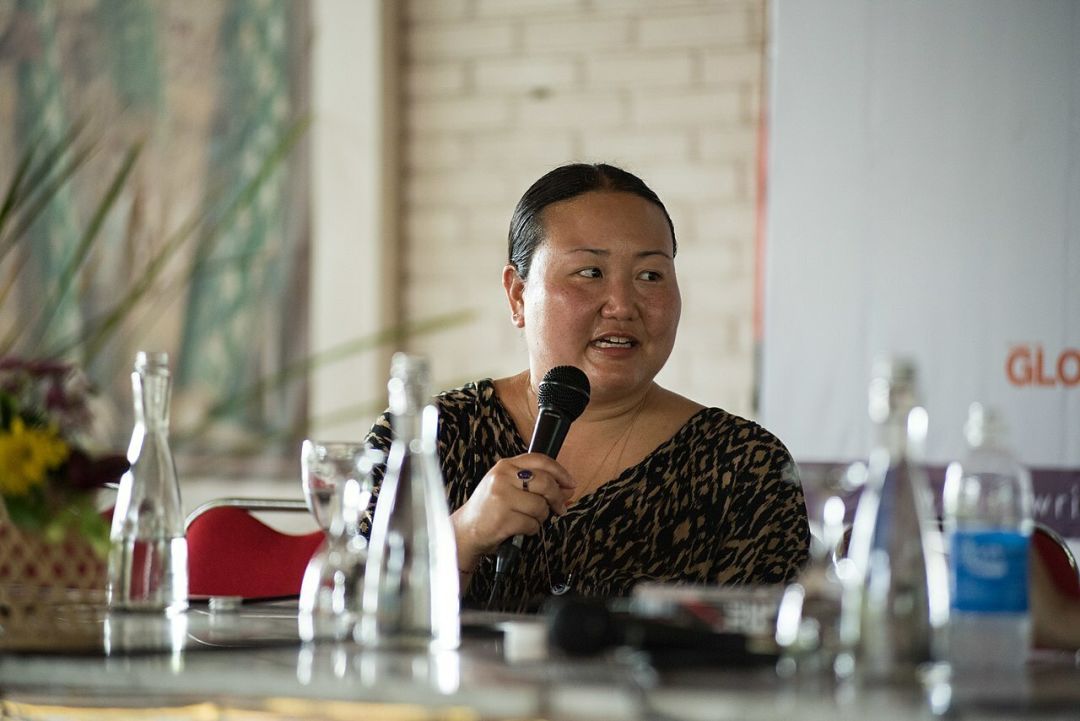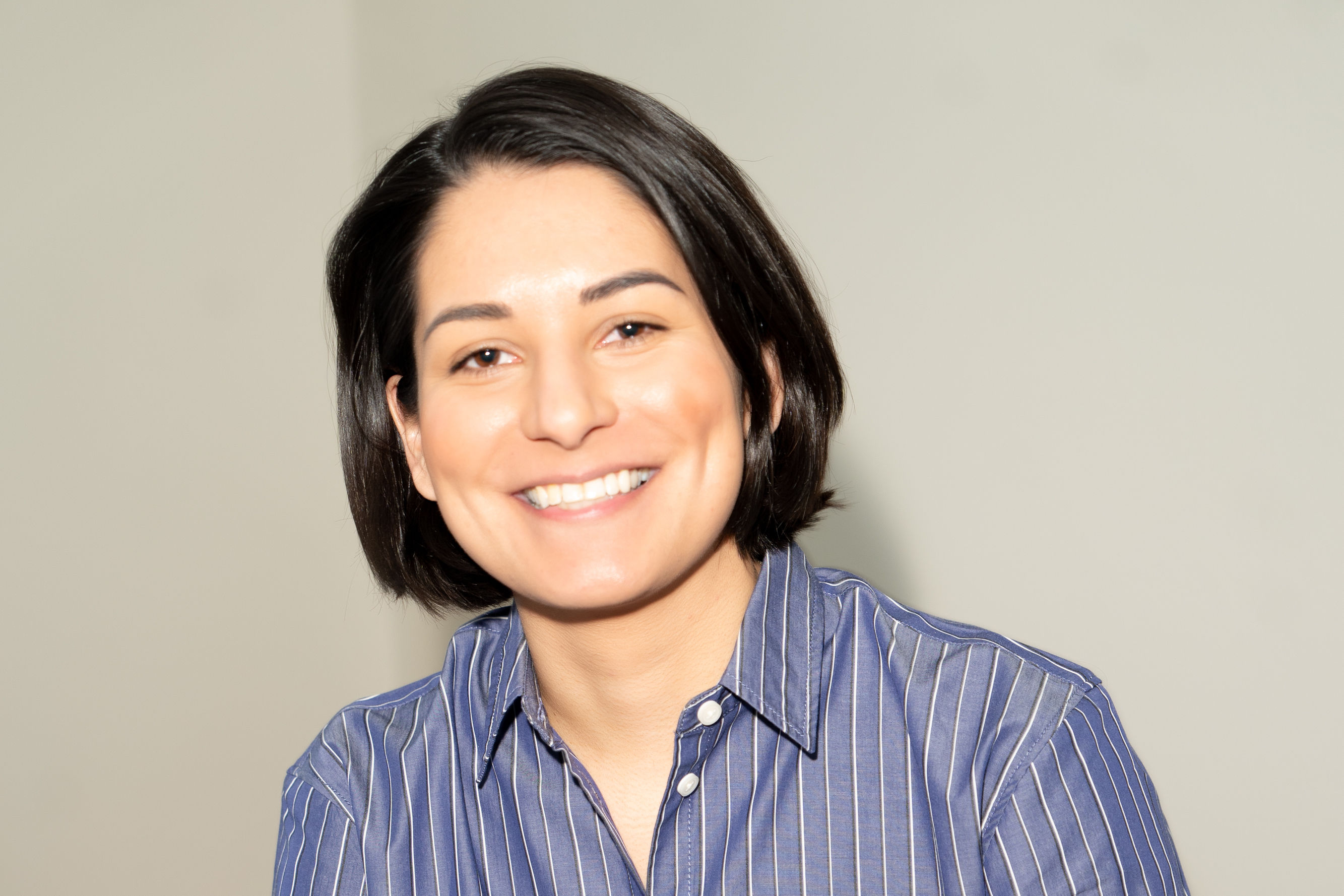What We Talk About When We Talk About Hanya

Hanya Yanagihara at Neka Museum in 2016
N
o one is being normal about Hanya Yanagihara. The bestselling author and editor of T, the New York Times style magazine, just published her third novel, and in its wake, has been pounding pavement on the sort of press tour your publicist only puts you on when your last book sold 2 million copies. In the past two weeks alone, Yanagihara was profiled in the New Yorker and the Guardian, interviewed by Time and Entertainment Weekly, a guest on Late Night with Seth Meyers, the focus of a deeply insane Bon Appétit Q&A, and subject to a searing takedown in Vulture. The New York Times quite liked her new book; Harper’s not so much.
“Writer writes, public takes note” is not much of a story, but Yanagihara is no ordinary writer: her last novel, 2015’s A Little Life, was the unlikeliest literary blockbuster in recent memory, a gothic 800-page tome whose success (millions of copies sold, wide critical acclaim, winner of the Kirkus Prize, finalist for the Man Booker and National Book Award) was rivaled only by its backlash (a scathing corrective in the New York Review of Books, heaps of internet reviewers deeming the novel intolerable torture porn). Its perpetual appearance on reading lists, celebrity Instagram stories, and bookshop displays catapulted Yanagihara to a rarified, out-of-fashion level of celebrity matched only in our day, perhaps, by Sally Rooney.
I found A Little Life fascinating, if not “good,” and have still yet to locate a text quite so consuming that also felt like it was actively daring me to turn each page. (After a frothy first act, the novel swerves hard into fevered melodrama and piles on ever-escalating scenes of stomach-turning violence and abuse.) Some dissenters have objected to A Little Life’s implausibility, or its extremity, or its lack of a firm historical anchor, but all of these seem to me features, not bugs: they help Yanagihara cast a hypnotic, poison-fairy-tale spell, situating us in a world enough like our own that the feelings resonate, but heightened in a way that casts the action in almost allegorical shades. It's the work of someone obsessed with limits—of good taste, bodily endurance, platonic love—that deliberately blows past the reader’s own in service of that obsession. Reading it can feel like seeking emotional clarity by walking barefoot across hot coals; it is the only novel I can remember that has given me nightmares.
Yanagihara’s new book, To Paradise, is much less interesting. It’s also a doorstopper—at 720 pages, only slightly more merciful than A Little Life—and is divided into three sections, set in alternate New Yorks of 1893, 1993, and 2093. Part one is a Henry James pastiche, imagining the romantic struggles of a young heir in a 19th century Manhattan where gay marriage is legal; part two overlays another gay affair onto the AIDS crisis and the colonization of Hawaii; part three is set in a crumbling union ravaged by regular waves of disease. It feels, frankly, unedited, with astoundingly messy adverb-choked sentences allowed to sprawl for whole paragraphs, and thudding exposition that regularly stifles any threat of immersion. The 1893 section, in particular, has the ring of bad fan fiction.
The most gleeful takedowns of To Paradise, though, hardly focus on these nuts-and-bolts shortcomings. Instead, they’re laced with schadenfreude: a sense that the empress who gave us A Little Life can finally be seen without her clothes. Take Andrea Long Chu’s deliciously sharp Vulture dressing-down: in it, Chu eloquently chides Yanagihara—a woman—for writing almost exclusively about queer men, and says that she treats her characters with Munchausen-by-proxy, taking twisted maternal pleasure in the suffering she inflicts on them. Take also any number of tweets celebrating Yanagihara’s “dragging,” deeming it well-deserved after she wrote something as “exploitative” as A Little Life.
To which I say: so what? So much of the public distaste aimed at Yanagihara supposes that she’s causing real-world harm—that the characters she “tortures” on the page have actual flesh, that her refusal to soften the gnarliest bits of her imagination is a dangerous moral failing, and that anyone who picks up A Little Life swiftly has their eyes pried open, A Clockwork Orange-style, and is forced to finish it. The most vehement opponents of her success sometimes take a few (completely valid) swipes at her prose, but the force of their objections is almost always ethical. How dare anyone put something like this in the world? How dare it make the Booker shortlist? How dare Dua Lipa call it “the best book I’ve ever read”!
For the most part, these objections remain remarkably incurious about why something so horrible could become such a phenomenon in the first place. I’m no psychic, but if I had to gaze into my crystal ball, I’d wager that To Paradise fails to even wind up in the same zip code of success that A Little Life saw. That’s not because the public has finally caught up to Yanagihara’s smoke and mirrors (book sales tend not to be determined karmically), but because in To Paradise, she dilutes her idiosyncrasies in a “novel of ideas” that fails in its pursuit to say anything especially interesting about the American experiment. Democracy is exclusionary—sure. America is sinful—agreed. Death is sad—right there with you, pal.
Where’s the writer whose page-long descriptions of festering wounds haunted my dreams? Whose first novel, The People in the Trees, cribbed everyone from Nabokov to Conrad in its tale of a sexually predatory scientist who discovers the secret to eternal life on a remote island nation? I prefer, as Becca Shuh of Jezebel does, my artists to be antisocial weirdos, and what saved Yanagihara’s past works from some of her weaknesses as a prose stylist was their stubborn singularity. Those books felt furtive and private and completely unconcerned with acceptability or convention, like watching the weird kid in class unwind their insides and being unable to turn away. I think that’s why they succeeded, and also why they pissed so many people off.
After all, unlike lots of other controversial makers of popular art, Yanagihara is derided not for her personal life, but for the subject matter of her work. Some T staffers have accused her of being a lousy boss, but her critics don't slam her for bad politics or personal scandals—instead, they cringe at her preoccupations with self-harm and disease and sexual violence, call the absence of women in her fiction “weird,” and angrily indict any accolades afforded to someone with such unsavory interests.
I’m troubled by a book-reading public who would rather kick the weird kid out of school than face her tangled insides. I think it's useful to have a super-visible novelist who’s uncompromising and jagged and unafraid to be a little disgusting, and the big feelings around Yanagihara bear that out. We don’t want to want darkness, but we do, and when we encounter something forged in a pit of darkness so pitch-black it cracks us open, the result can be scary, and we can feel duped. We scramble for a lifeline, and often, “good taste” is that lifeline. In good taste, we don’t push things quite so far; in good taste, redemption is always on the horizon.




